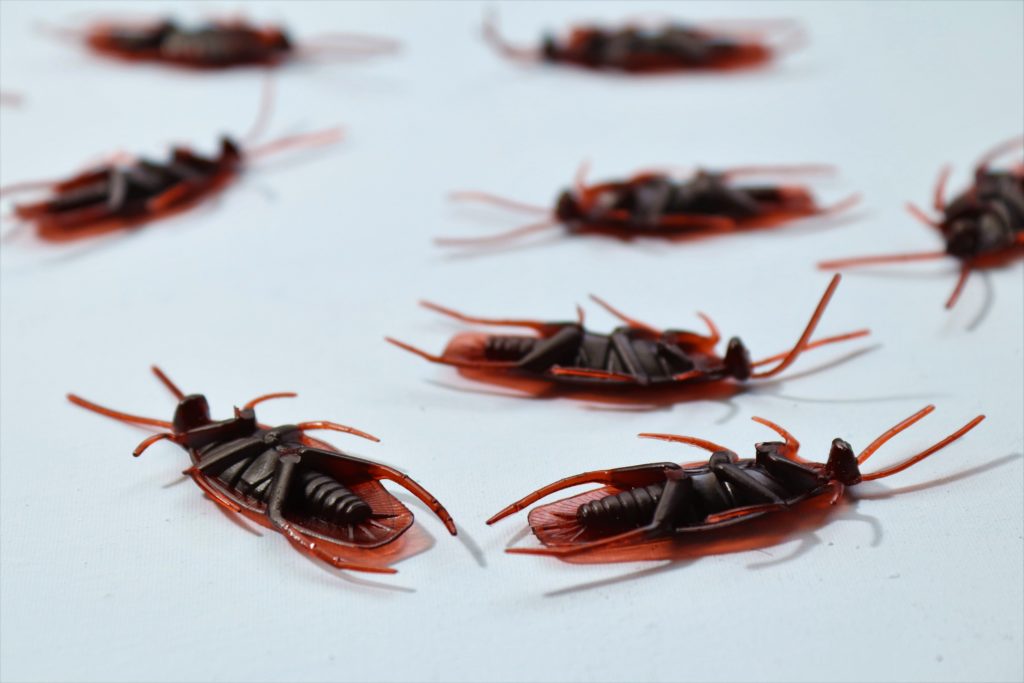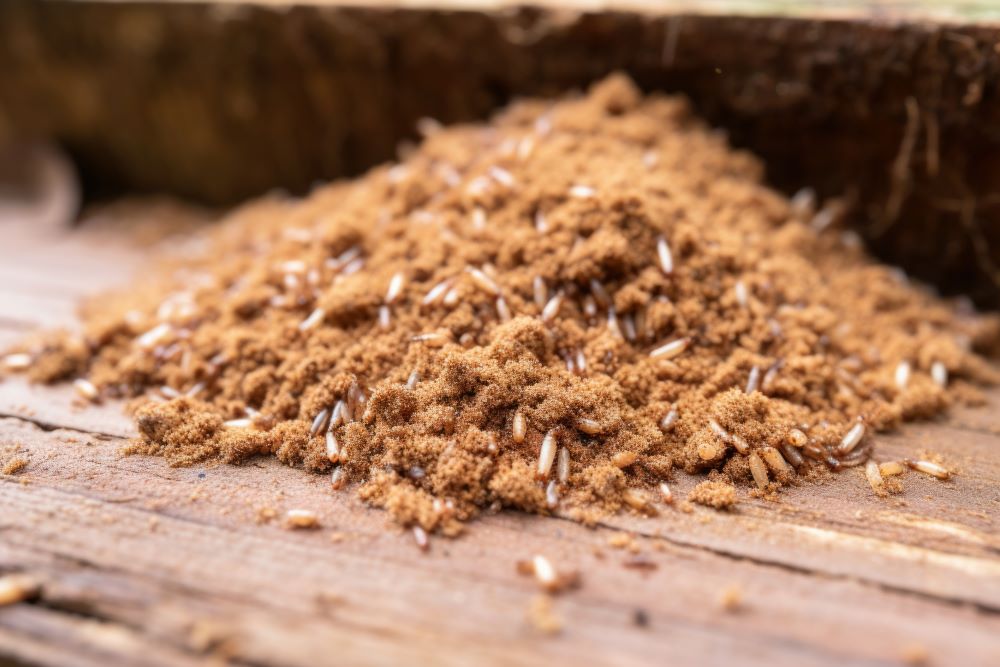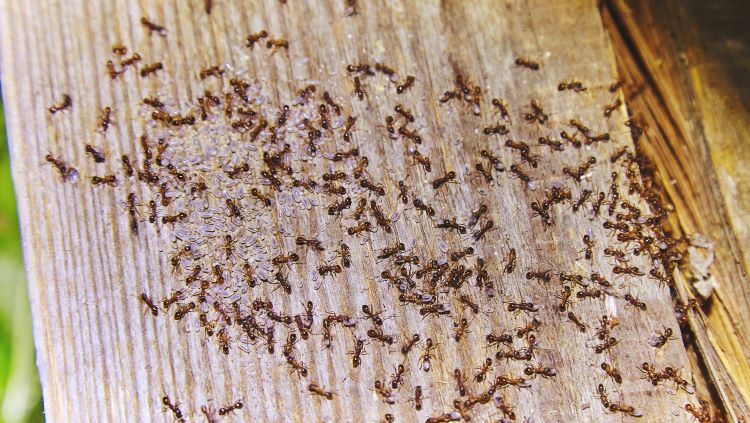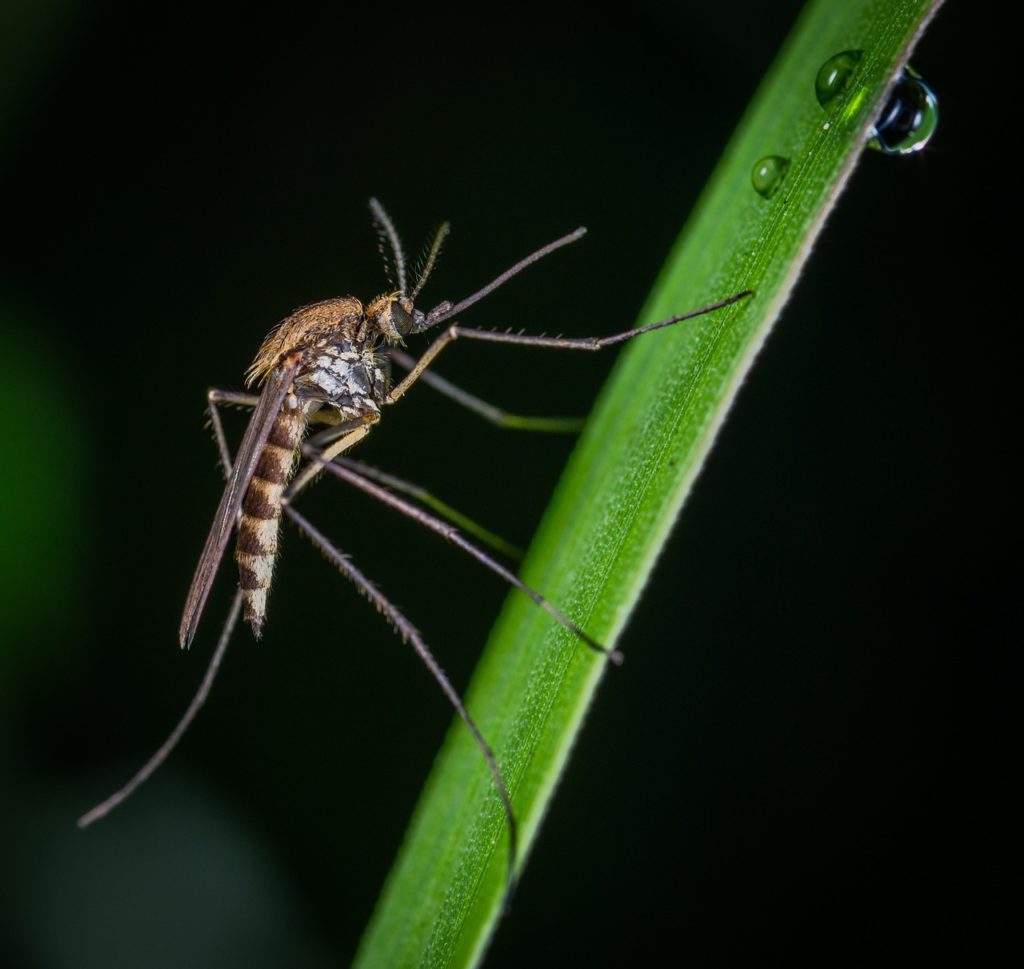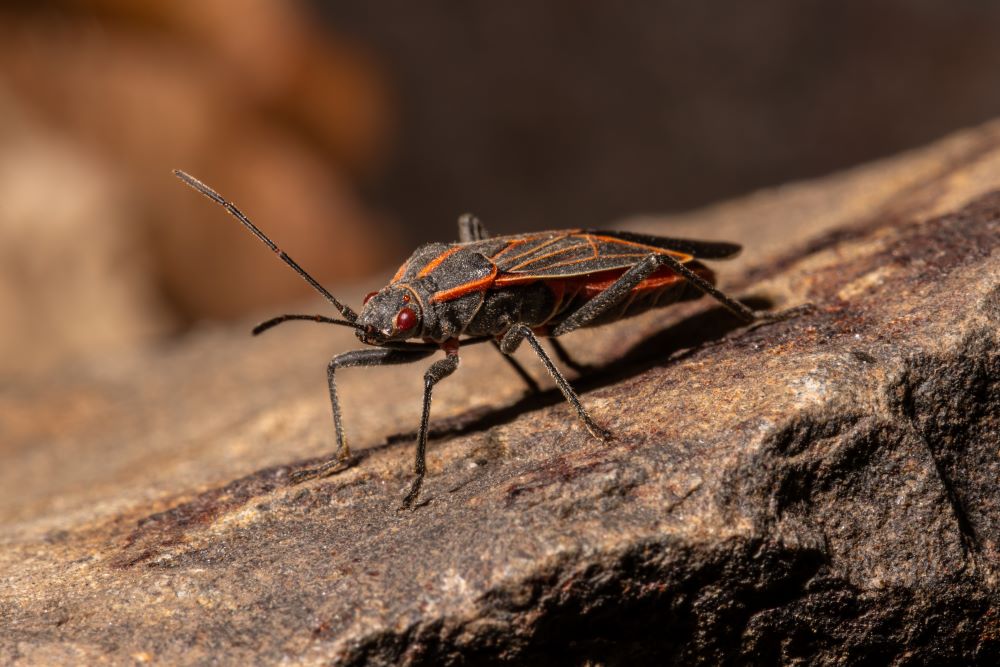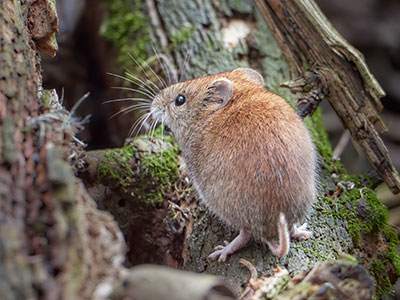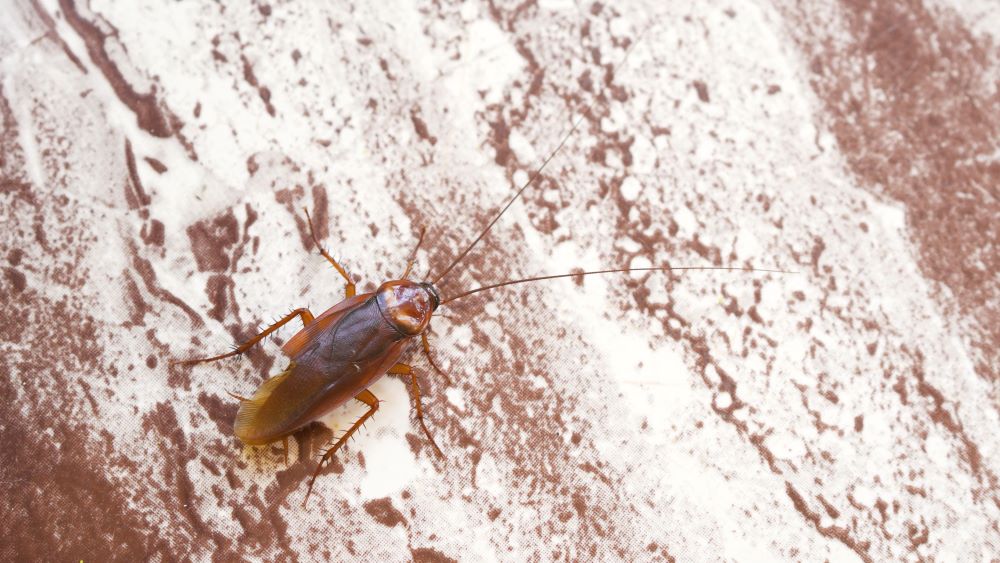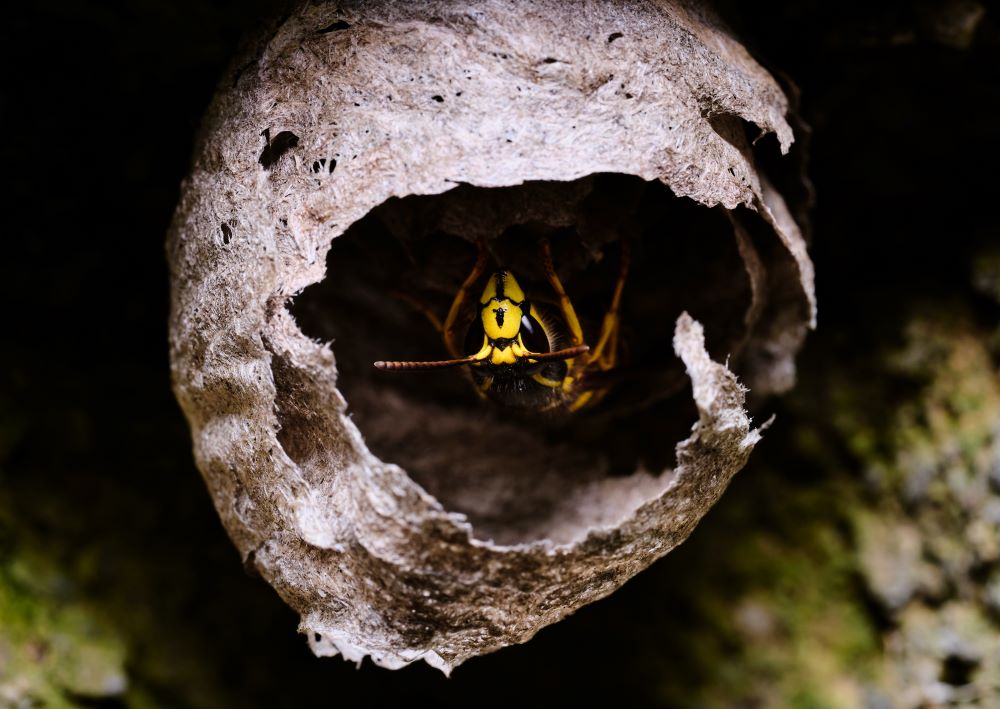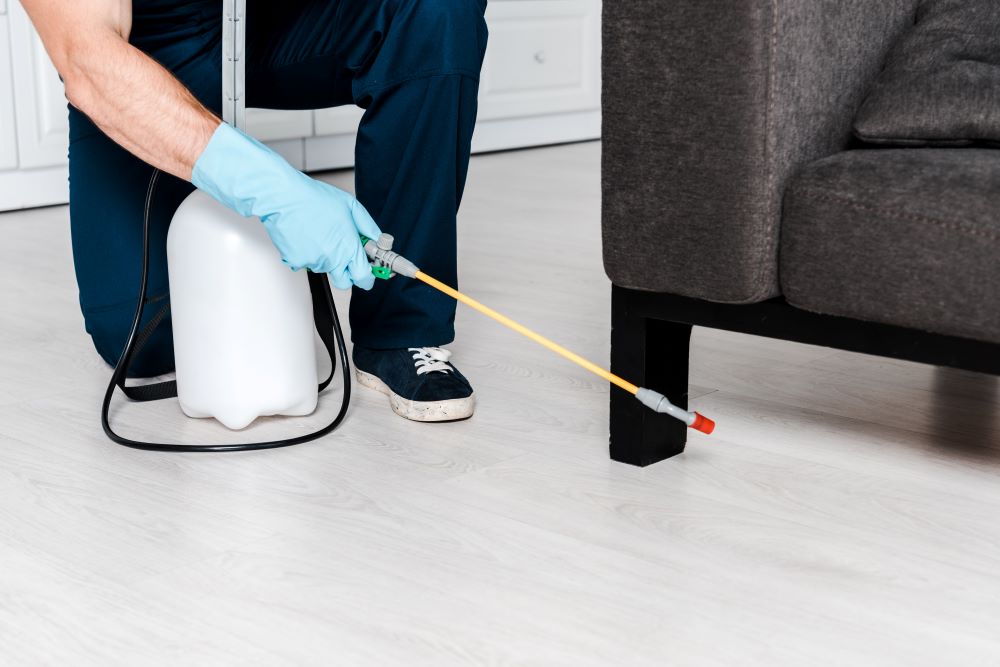
It sure can be bothersome when you find critters sitting on your special divot on the couch when it’s time to relax. The dog, the cat, the in-laws, and even… ants? What are they doing there???
Believe it or not, ants love to take up residency in couches. It’s a soft, hidden shelter away from the elements, and for some species like the industrious carpenter ant, a boon of food and nesting material. Social insects like ants rarely travel alone, so if you see even just one or two, that might be cause for an investigation.
If you’re dealing with ants in couches, Recon Pest Control is here to help get em’ out of your couch. Reach out to us today if you need help with ants in your Omaha or Lincoln home!
Why Are There Ants in Your Couch?
So, why are these little guys setting up shop inside your big comfy couch? Unfortunately, your living space provides the perfect combination of shelter, warmth, and potential food sources for these tiny invaders.
The structure of your couch provides a nice, cushy environment for ants to build homes in. If your couch is near a window or a door, it’s even more accessible for ants to enter from outside. They could also be attracted to the moisture from humidity or spills, which is essential for their survival.
The presence of an infestation might also depend on the species you’ll find. Carpenter ants love wood, as you can imagine, and couches typically have wood frames. Check the floor around your sofa for little mounds of sawdust – that could be a sign that these ants are eating away at the couche’s frame!
Others might simply be foraging for food and find your couch a convenient pit stop. For instance, if you love soda or alcohol, the residue from spilled beverages could make a sugary snack for ants if left uncleaned.
Potential Risks of Having Ants in Couches
Ants in your couch can present several risks, not just to your furniture but also to your health and well-being. For one, certain types of ants, such as carpenter ants, can cause significant structural damage. They chew through wood, which can weaken the integrity of your couch and even lead to costly repairs or replacements.
Also, ants can contaminate your food. If they are traversing back and forth between your kitchen and couch, they can spread bacteria and pathogens that may lead to foodborne illnesses. Also, for those with allergies, ants can exacerbate symptoms. Some individuals may experience allergic reactions to ant bites or stings, which can range from mild irritation to more severe anaphylactic responses, depending on the species and the person’s sensitivity.
DIY Methods for Getting Rid of Ants in Couches
When it comes to tackling the issue of ants in your couch, there are several do-it-yourself methods you can employ before resorting to professional extermination. The first step is to remove any food sources that may be attracting them. Vacuum your couch thoroughly, getting into all the nooks and crannies to remove crumbs and debris. It’s also beneficial to vacuum around the couch and any potential ant entry points.
After cleaning, consider using natural repellents to deter ants. Diatomaceous earth is an effective, non-toxic powder that can be sprinkled around your couch and in any cracks where ants might be entering. It works by dehydrating the ants that walk over it. Another home remedy is a mix of equal parts vinegar and water, which can be sprayed directly onto the ants or around areas where they congregate. The strong scent of vinegar disrupts their pheromone trails and can deter them from returning.
For a more targeted approach, ant baits can be strategically placed around your couch. These baits contain a slow-acting poison combined with a food attractant. Worker ants take the bait back to the colony, where it is shared, eventually killing off the colony. Be patient with this method, as it can take some time to see the full effect. However, ensure that these baits are kept out of reach of children and pets.
Preventing Future Ant Infestations in Couches
Preventing ants from returning to your couch after you’ve dealt with an infestation is crucial. Start by maintaining a regular cleaning routine. Vacuum your couch and the surrounding area frequently to remove any food particles. Additionally, wiping down surfaces with a vinegar solution can help disrupt any lingering pheromone trails and deter new ants from exploring your living space.
Sealing entry points is another essential preventative measure. Inspect your home for cracks and crevices, especially around windows, doors, and baseboards. Use caulk or another appropriate sealant to close these gaps and make it more challenging for ants to enter. Also, ensure that your windows and doors have proper weather stripping to minimize gaps.
Lastly, consider the conditions around your home that may be conducive to ant colonies. Keep trees and shrubs trimmed away from your house, as these can provide a bridge for ants to enter. Store food in airtight containers and dispose of garbage regularly. Being vigilant about cleanliness and home maintenance can go a long way in keeping your couch and home ant-free.
Conclusion – Ants in Couches
Dealing with ants in your couch requires a combination of identification, extermination, and prevention. By understanding why ants are attracted to your couch and the potential risks they pose, you can take informed steps to eliminate the current infestation and prevent new ones. Whether through DIY methods or professional help, it’s essential to maintain a clean and secure environment to enjoy your home’s comfort without unwelcome pests.
If the ant problem in your home, specifically in your couch, seems overwhelming, don’t hesitate to seek professional help. Recon Pest Services is your one-stop shop for ant pest control in Omaha or Lincoln. Our expert team is equipped to handle any ant infestation, ensuring that your home returns to being a peaceful, ant-free sanctuary. Reach out to us today for a free quote, and start living ant-free today.


